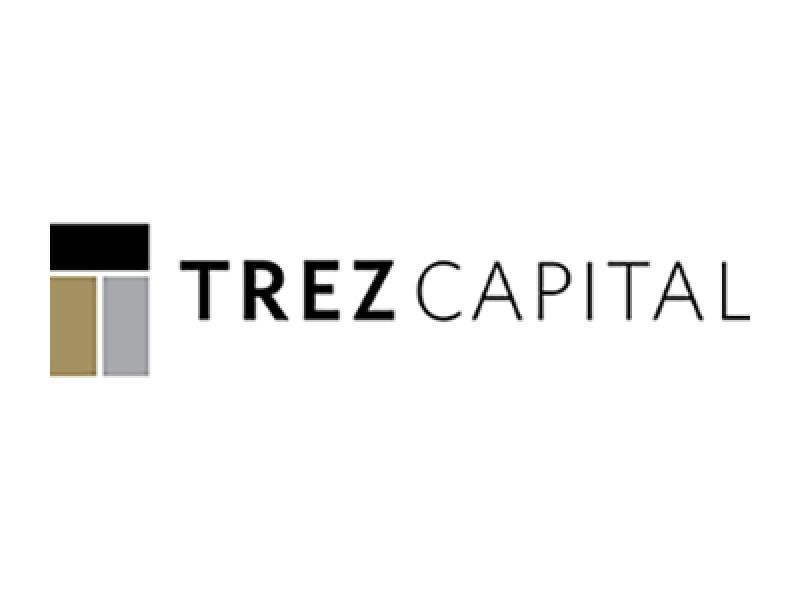Having traded apartment buildings for over a decade, we’re still surprised at how many investors misunderstand the concept of NOI and its impact on the sale or refinancing of an asset.
What is NOI? An abbreviation for Net Operating Income, NOI is the Gross Income from an apartment building (including rent, parking revenue, laundry revenue, etc) minus the expenses required to run the building.
Why does a seller care about the NOI? Because, in a sale, the purchase price is going to be compared to the NOI, and a cap rate determined. If the ratio between income and price is substantially poorer than is being seen in other comparable transactions, the buyer might not accept the price being demanded.
Cap Rate = NOI / Purchase Price.
It follows that the higher the NOI, the higher the potential purchase price.
Here’s why NOI matters to buyers
Why does a buyer care about the NOI? Because the higher the NOI, the higher the loan available for the property, and hence the lower the down payment the buyer must contribute to the purchase.
We see a lot of investors and owners focusing on the “wrong” way to increase the NOI. The big caveat in calculating an asset’s NOI are: the words “required expenses.”
Some owners erroneously believe cutting expenses, either by reducing the building’s services or by performing the services themselves, will automatically count toward improving the NOI. While that is true for their own bottom-line profit, it is not true in a sale or refinancing scenario. The buyer (and especially the lender) normalizes expenses. This means they use industry standard expenses in their underwriting.
We know an owner of an 100-plus-unit portfolio who, on snowy days, would flag down a passing snow plow and offer the driver cash to quickly plow around his buildings. His expenses excluded what would otherwise be a $12,000 per annum snow plowing contract; however, this doesn’t mean the buyer, or the lender, would leave this expense off their pro forma.
While seeing the NOI’s relationship between revenue and expenses might be easy, we encounter many owners who misallocate capital before a sale. How so?
Have a strategy for capital allocation
Capital improvements should be performed with a strategy in mind.
For example, take an apartment building where a new roof will cost $120,000. If the building owners were planning on holding the building to sell it in 10 years (or more), this $120,000 could be amortized over the lifespan of the roof but simply maintain, not improve, the value of the asset.
However, if the building owners were planning to sell within a year or two, that same capital should be deployed in some other way to improve the building’s NOI.
For example, if the building had an aging furnace, installing a new fuel-efficient heat plant could have a tremendous impact on NOI, and hence asset value. A $60,000 furnace could save 20 per cent of a $45,000 annual gas bill ($9,000). If the sale occurs at a five per cent cap rate, that $9,000 improvement to NOI results in a potential $180,000 increase in value ($180,000 = $9,000 / five per cent).
Another way of spending the $120,000 could have been to renovate the kitchen and bathrooms in, say, five of the apartments. If the average unit now rents at $200 more per month, some $240,000 in building value may have been realized ($240,000 = $200 x 5 x 12 (months) / five per cent).
Owners who are positioning their asset for sale should not assume that all savings on operating expenses in their buildings will necessarily equal an increase in NOI and therefore building value. Instead, the best strategy is to allocate capital such that it influences either reducing expenses permanently, or increasing revenues.
NOTE: the cap rate used in this article is for example and simplicity purposes. The cap rates vary across the country based on location, asset type/size and several other factors.
Baron Realty specializes in matching buyers and sellers of apartment buildings in Ontario and Quebec. You can contact Ramona via ramona@baronrealty.ca







